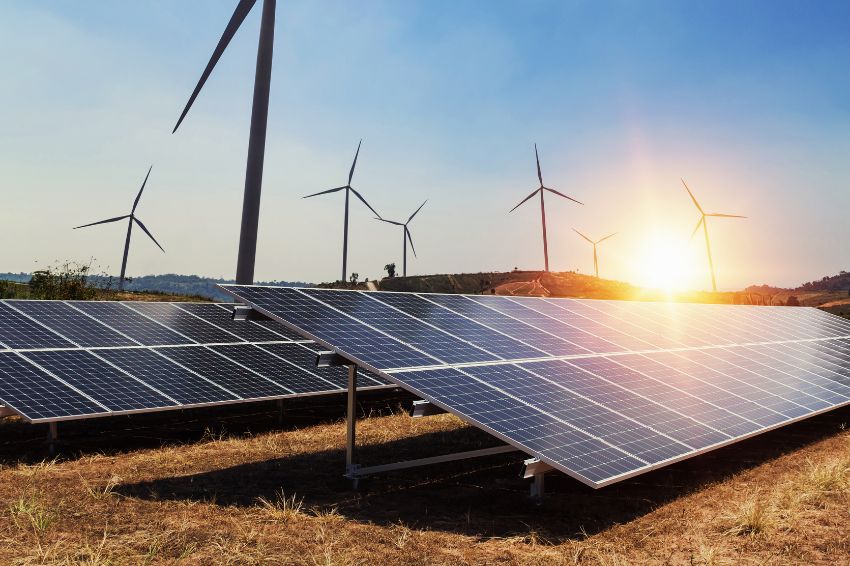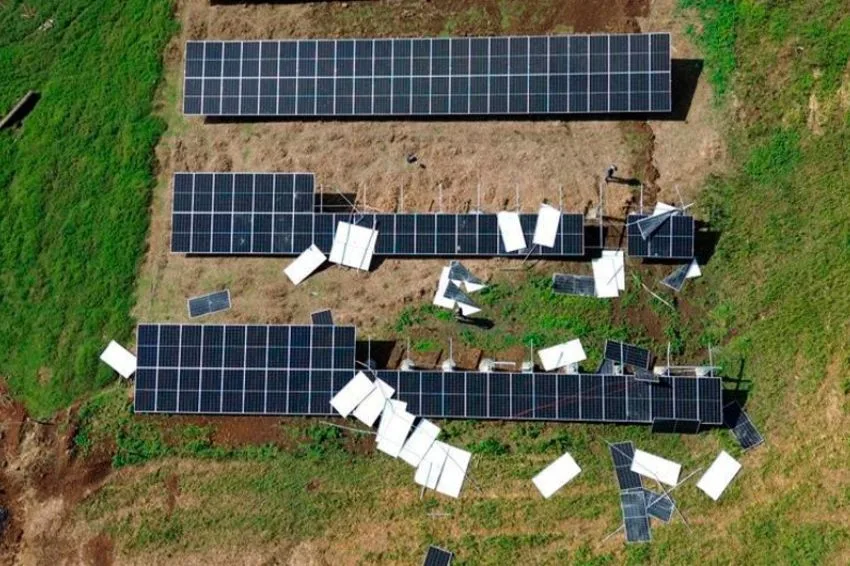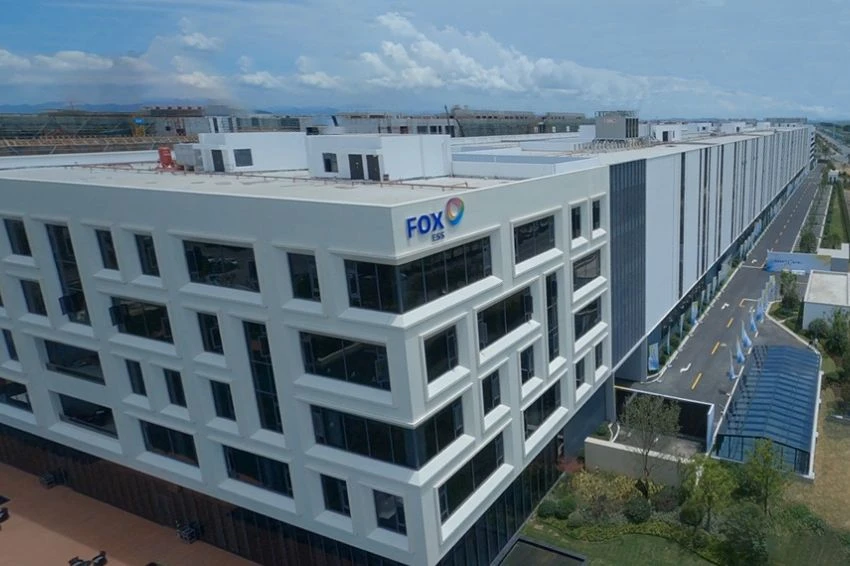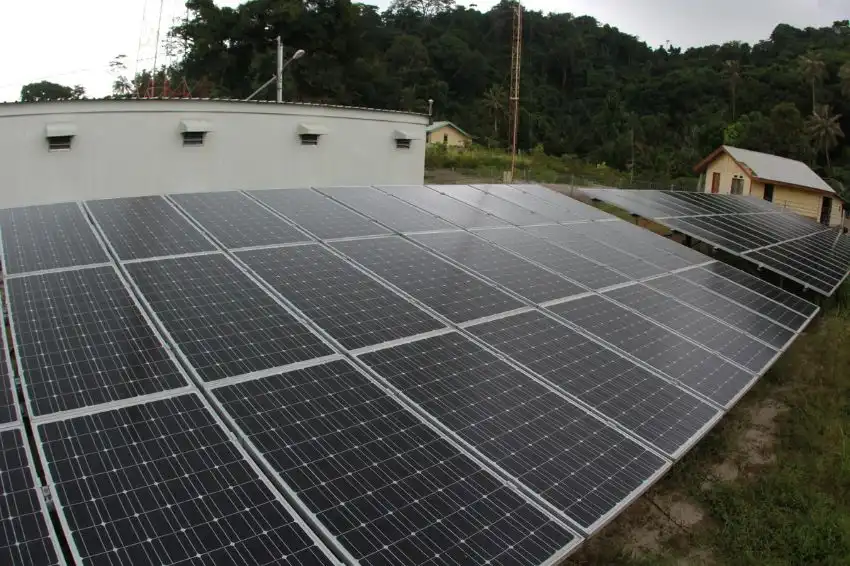According to study from the IEA (International Energy Agency), the path to decarbonizing the energy sector (currently responsible for more than 80% of global CO2 emissions) requires that a third of the emissions reductions needed this decade come from consuming energy more efficiently.
Fortunately, the role of demand-side energy solutions is becoming more widely accepted — and available. Too often, decarbonization efforts focus solely on energy supply and replacement with renewable energy.
Business leaders, policymakers and energy market experts gathered in Versailles, France, for the 8th IEA International Energy Efficiency Conference, where they discussed the critical role energy efficiency plays in resolving the climate and energy crises.
The meeting resulted in public and private discussions that outlined how a fair energy transition, supported by energy efficiency and enabled by digitalization and electrification, can drive accelerated decarbonization, while also helping the energy crisis, reducing costs and increasing security. in supply.
A set of priorities necessary to accelerate the journey of energy efficiency and decarbonization was also listed. I present the six actions below, along with my observations about each of them:
Measure and diagnose
We've understood the efficiency of our cars for years, but we don't see it in our homes or buildings, despite it being something that can be done relatively easily and cheaply.
We need to digitize consumption, connect and report in an application based on the performance obtained. The power of digital innovation is crucial to envisioning and taking action against energy waste.
Advanced energy management systems are widely available today and allow users to see and control the performance of every connected appliance in a home, office or industrial facility.
This panoramic view of energy consumption offers greater potential for identifying and eliminating waste. There are already software systems built around AI algorithms that help optimize how and when to consume, produce and store energy.
Skills
Developing skills, updating knowledge and increasing resources will be key to enabling the energy transition. So far, actions and discussions have mainly focused on new construction, but the biggest impact will come from modernization, which will require a large-scale mobilization of experts.
Funding gap
Investment in energy efficiency has a very short but recurring return, which means ongoing savings that go beyond the return on investment (ROI).
Despite upfront spending on modernization projects, efficiency is a cost-eliminating investment, with green capital expenditure (CAPEX) effectively generating brown operating expense (OPEX) savings. Financing models need to be optimized to recognize and support this factor.
Governance as a model
The United Nations Environment Program estimates that buildings are responsible for around 40% of global carbon emissions. The IEA found that energy efficiency, electrification and low-carbon energy have the potential to reduce more than 95% of these emissions by 2050.
While the responsibility to act lies with each individual and organization, governments have a particular responsibility as they often own large portfolios of properties and infrastructure.
Companies are demonstrating an increasing commitment to carbon neutrality (the number of organizations joining the Science Based Targets Initiative, or SBTi, has doubled each year since 2018).
The importance of governance portfolios means they have a clear responsibility to become role models and demonstrate leadership in this area. This starts with creating their own decarbonization roadmap, in which they audit the energy performance and carbon impact of each building and then strategize, digitize and decarbonize.
Big bets with existing technology
When it comes to combating climate change, there has been a widespread tendency to turn to “big ideas” or “miracle solutions” that are still years away. Maybe it's human nature to desire what we don't have?
The reality is that reliable, efficient and inexpensive solutions already exist, so we need to focus on adopting existing technology more quickly.
Consider that about 60% of building emissions come from air conditioning, but only 2% from homes have thermostats. We need to tackle the biggest challenges today, deploy what we have at scale, and start with the cheapest solutions.
Building the new “net zero”
We need to aim for “net zero” construction everywhere, be it large-scale construction in emerging economies or ongoing construction in developed economies. In all cases, we must leverage existing technology and knowledge to create carbon-neutral buildings.
This involves incorporating energy efficiency, renewable energy systems and resources, and sustainable practices from the beginning of the construction process. This approach is crucial to ensuring that buildings are environmentally responsible and contribute to the global target of reducing carbon emissions.
Energy efficiency is the fastest and least capital-intensive solution to achieving carbon and cost savings. The time to act is now. We must implement measures and implement technologies for energy efficiency.
Only in this way can the necessary improvements on the demand side come to fruition, helping to definitively combat the energy and climate crises.
The opinions and information presented are those of the author and do not necessarily reflect the opinion of Canal Solar.















